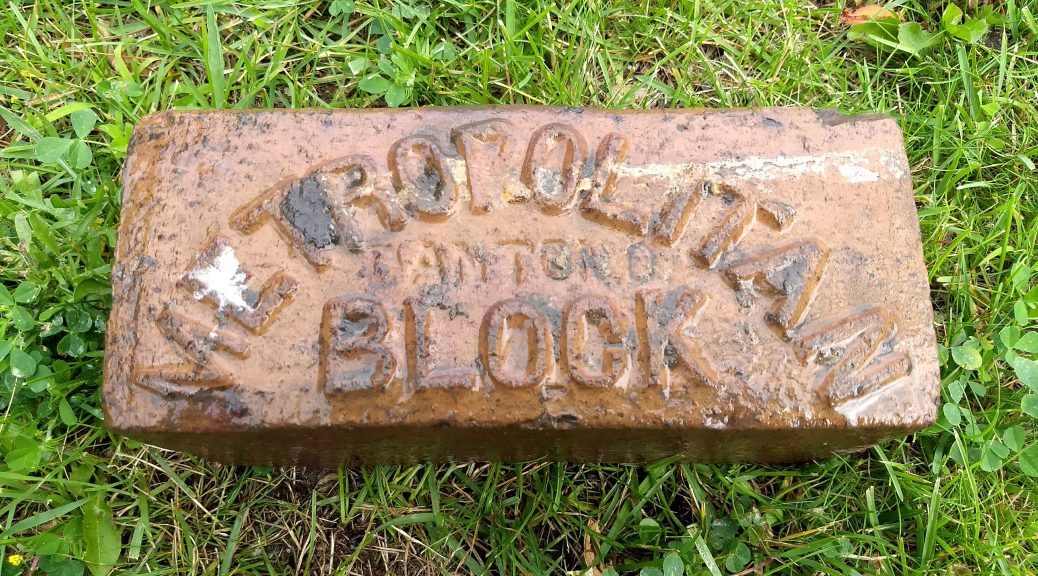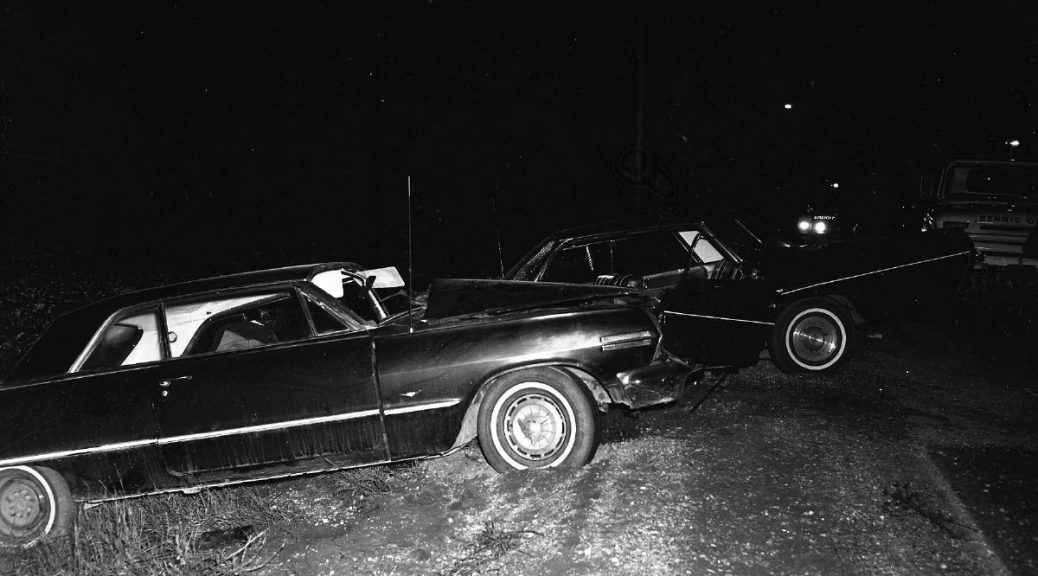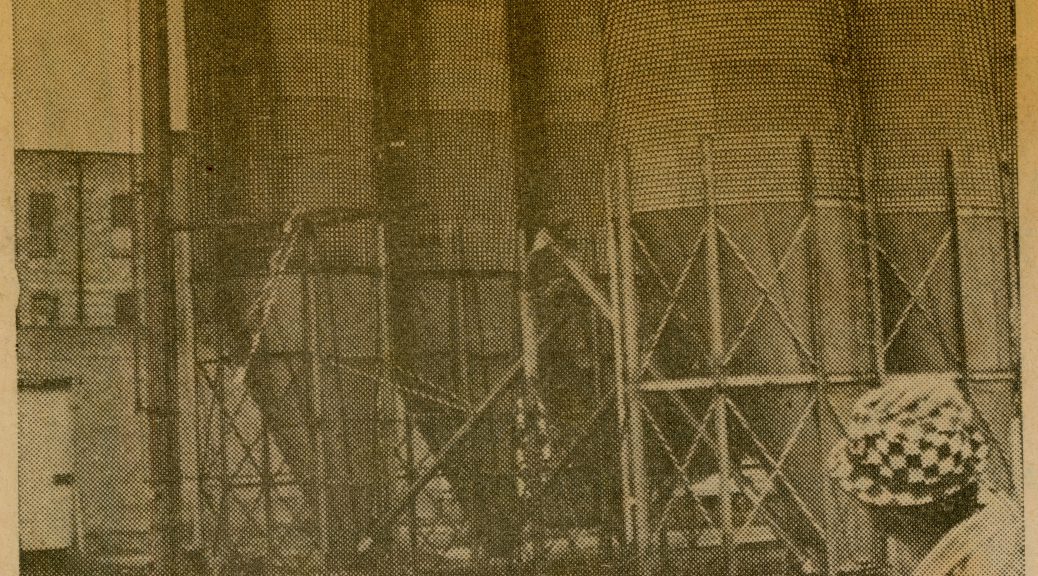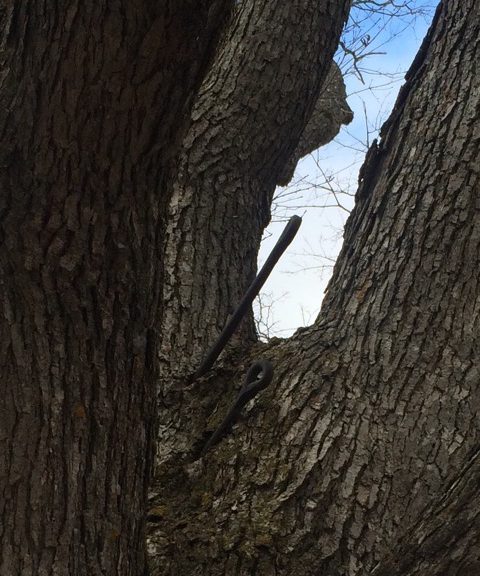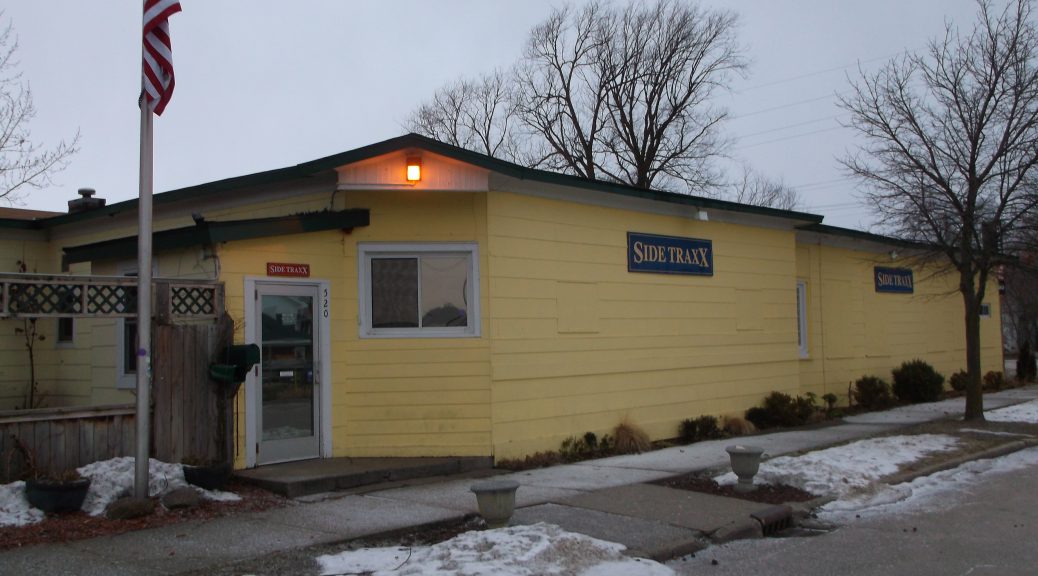Where is this building, stamped, “Traverse City Cigar Box Company 1920?”
We expect all our readers will get this one, so here’s some extra credit: What do you know about the cigar industry in Traverse City? When did it flourish? How many companies and employees were there? What kinds of people worked for the industry?
You might not win a cigar for your answer, but you’ll certainly go down as a legend amongst Grand Traverse Journal readers!
Congratulations to reader Margaret, who gets a virtual stogie for her answer!:
“When the lumber industry collapsed during 1920 and the Oval Dish Company closed down, they had been the largest employer but moved out of state. This is when the Cigar Factory flourished. Employees were unskilled workers, especially women who lived in the area and provided steady employment. Every man smoked cigars!! There were 10 companies in TC during that time. Yuck. Where did I find this info? The Historical Archives from TADL.”
For those who weren’t able to identify the building, it is now called “The Box,” and sits at the northeast corner of Boardman and Eighth Streets.

